What Are Bio Plastics?
Before discussing the advantage of bio plastic, we should discover what bio plastics are. Despite their presence for decades, bio plastics have become increasingly popular in the packaging industry due to recent technological breakthroughs and a rising desire for environmentally friendly alternatives. Bio plastics are derived from natural sources like corn, sugarcane, or vegetable oil. These biodegradable plastics stand out as they offer an environmentally friendly solution to the issue of global plastic pollution due to their characteristics. This blog will delve into the diverse range of bio plastics, examining their production methods and potential utilizations across industries.
Bio plastics come in different types, and some of the famous types are polylactic acid (PLA), polyhydroxyalkanoates (PHA), and polybutylene succinate (PBS). Some of you might ask what are bio plastics and what are the differences between different types of bio plastics. Worry not these questions will be discussed in detail later in this blog. The process of creating bio plastics involves transforming these organic materials into polymers through various techniques like fermentation, chemical synthesis, and extrusion. Through the utilization of microorganisms and chemical reactions, these initial ingredients are transformed into malleable substances similar to plastic, capable of being shaped into various items, including bags, packaging, cutlery, and even filaments specifically designed for 3D printing purposes.
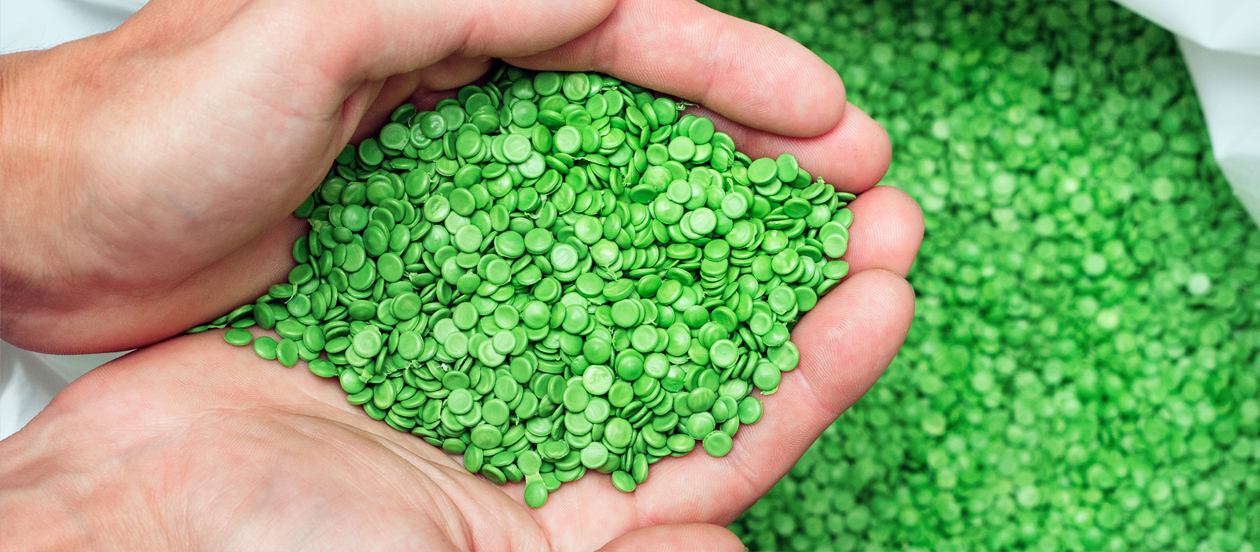
Bio plastics are increasingly recognized as a crucial solution to the mounting environmental issues created by conventional plastics. Bio plastics play a crucial role in building a sustainable and eco-friendly future for our planet by effectively minimising plastic waste in landfills and oceans through their natural ability to decompose over time. Another key advantage of bio plastic lies in their reduced carbon footprint throughout their lifecycle, from production to disposal. Their production generates significantly lower greenhouse gas emissions compared to traditional plastics derived from fossil fuels. In the quest to reduce plastic pollution and minimise the depletion of finite resources, bio plastics offer a promising solution that aligns with the principles of a circular and environmentally responsible economy.
Types Of Bio Plastics
If you are still confused about types of bio plastics and what are bio plastics, continue reading this to get more info. There exist three significant types of bio plastics, namely Polylactic Acid (PLA), Polyhydroxyalkanoates (PHA), and Polybutylene Succinate (PBS), that possess distinct compositions and offer unique advantages in usage.
Polylactic Acid (PLA): PLA is a type of bio plastic, derived from renewable resources such as corn starch or sugarcane. Its main component, lactic acid, undergoes polymerization to form PLA. The eco-friendliness of PLA is widely recognized, given its ability to decompose, positioning it as a commendable substitute for traditional plastics. Its ability to withstand high temperatures makes it a fitting choice for heat-resistant items like disposable cutlery and hot beverage cups. The primary application of PLA lies in single-use products such as disposable cutlery and food packaging, serving as an excellent substitute for regular single-use plastics. Furthermore, PLA bio plastic can also be integrated into 3D printing filaments.
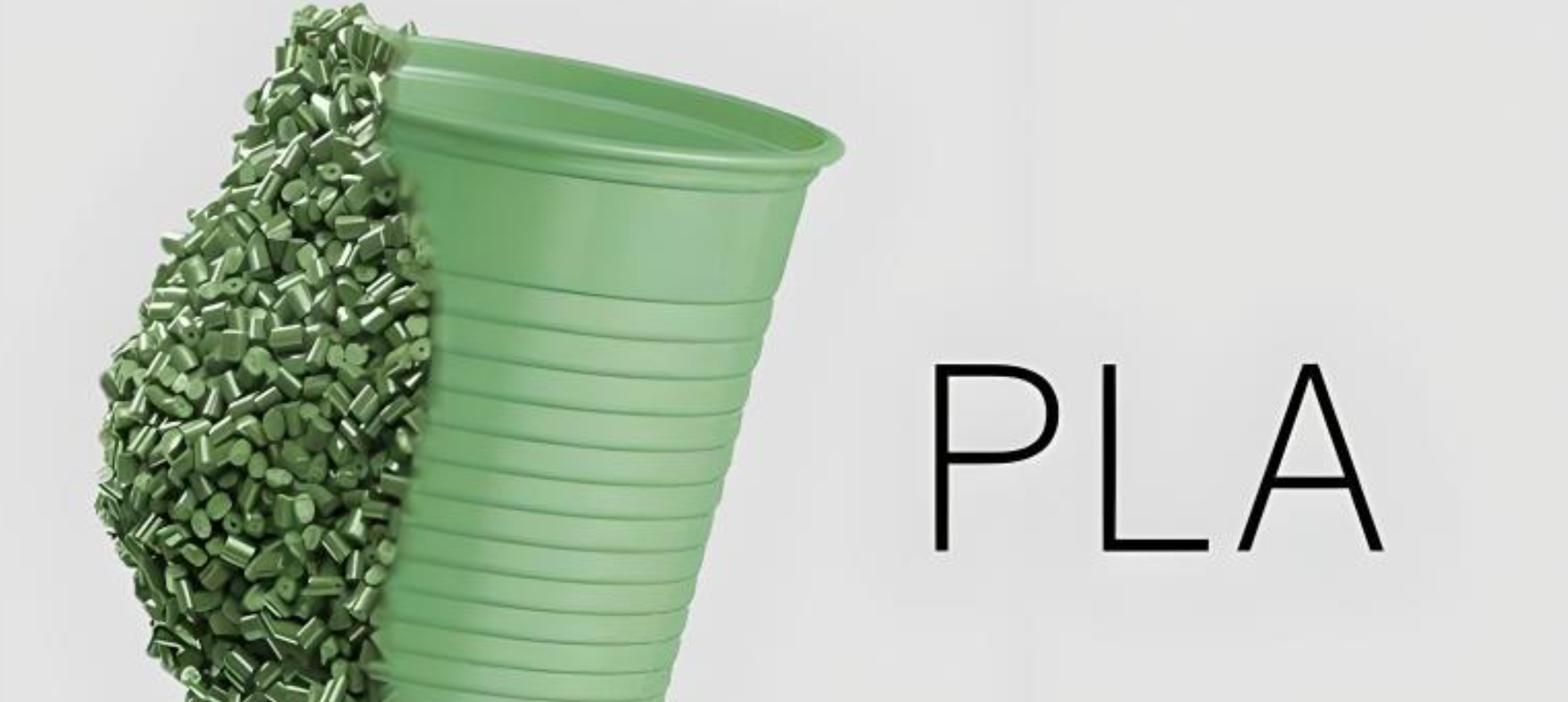
Polyhydroxyalkanoates (PHA): One common type of bio plastic is Polyhydroxyalkanoates (PHA). The production of PHA occurs when bacteria ferment glucose or other organic molecules as their primary source of nutrition. PHA possesses excellent biodegradability and can be broken down by natural microorganisms, thus reducing the accumulation of plastic waste in our environment. PHA bio plastics are both biodegradable and versatile, finding applications in various industries. PHA's key advantage is the potential to decrease plastic pollution while offering versatile, practical uses, including packaging materials and agricultural and medical products. PHA's biodegradable nature makes it a sustainable choice for many applications.
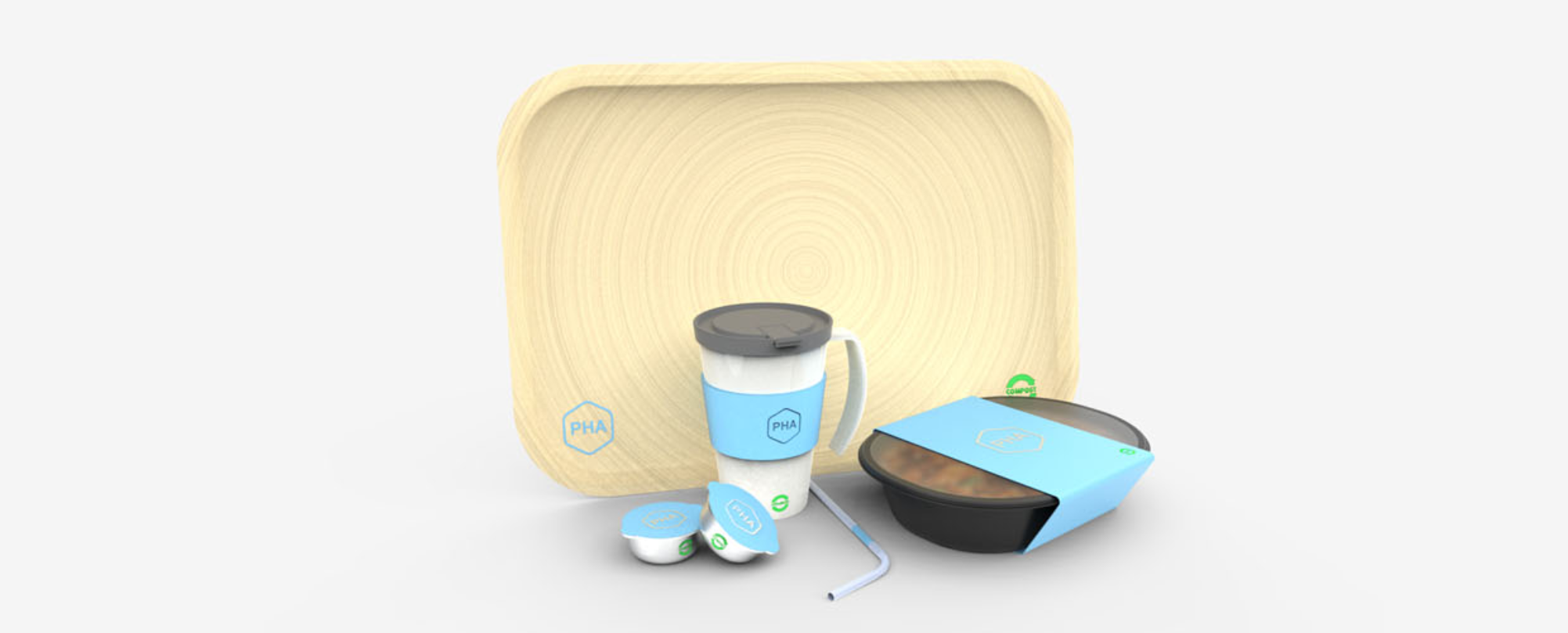
Polybutylene Succinate (PBS): PBS is a bio plastic created from succinic acid, which is typically sourced from renewable resources like corn. PBS is renowned for its ability to withstand wear and tear while offering flexibility, making it an ideal material for textiles, films, and biodegradable packaging. In countless industries, PBS bio plastics actively mitigates environmental harm caused by non-biodegradable materials and provides an environmentally-conscious option instead of traditional plastics.

The Advantages Of Bio Plastics Over Traditional Plastic
By now, hopefully, you have understood what are bio plastics, and now we will discuss the advantages of bio plastics. The growing concerns about environmental sustainability have spurred significant interest and research in finding alternatives to traditional plastics. Bio plastics, made from renewable resources such as plant starches and natural fibres, offer several advantages over their petroleum-derived counterparts. Bio plastics are beneficial not only for the environment but also for users and packaging companies that sell plastic bottles and plastic jars.
1. Bio Plastics Are Environment-Friendly: Traditional plastic production heavily relies on fossil fuels, directly leading to increased greenhouse gas emissions and contributing to climate change. Bio plastics emerged as an environment-friendly and sustainable alternative to conventional plastics. When comparing bio plastics to conventional plastics, the former stands out for its lower carbon footprint resulting from using renewable materials like corn and sugarcane instead of fossil fuels. Moreover, the bio plastic can also capture and store carbon dioxide during plant growth in the fields, hence contributing to a further decrease in their environmental impact. It takes several decades for traditional plastics to break down into smaller pieces, thereby presenting a substantial environmental risk as they accumulate in landfills and oceans. On the other hand, bio plastics can biodegrade within a relatively shorter timeframe, reducing the burden on landfills and saving the oceans from pollution. Some bio plastics are even compostable, meaning they can be transformed into nutrient-rich soil once appropriately discarded. Overall, the environmentally friendly nature of bio plastics makes them an essential element in the global effort to combat plastic pollution and promote a circular, environmentally responsible economy.
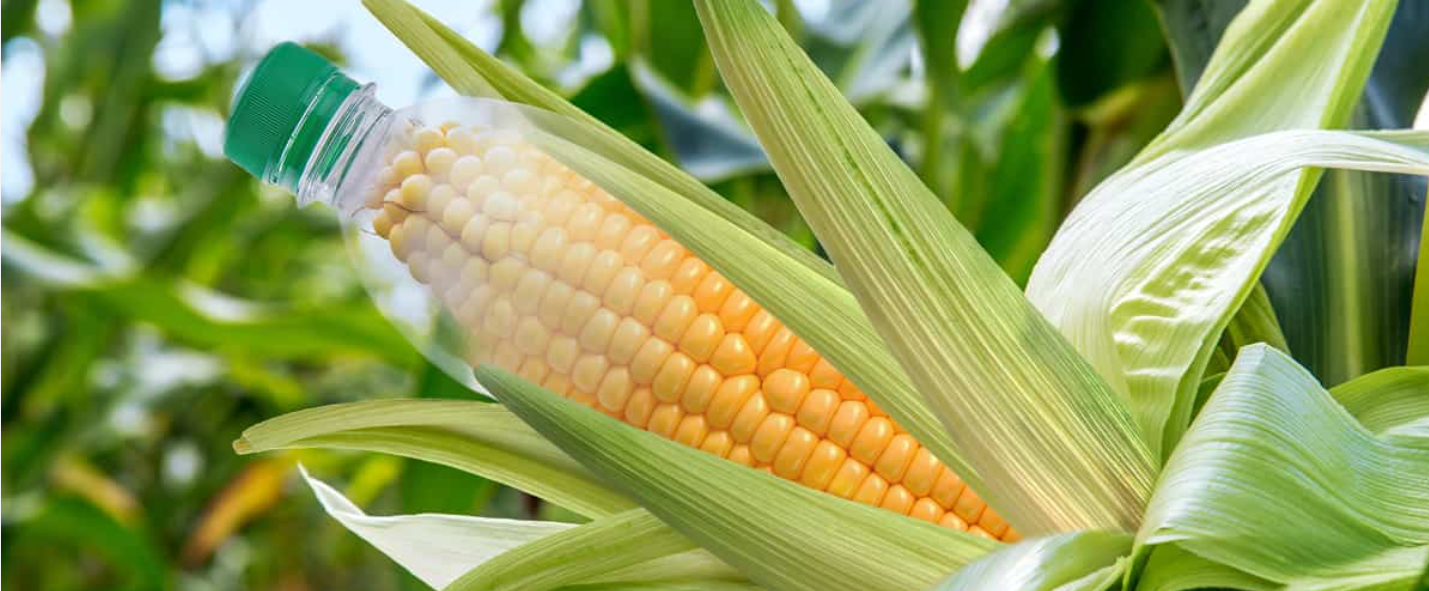
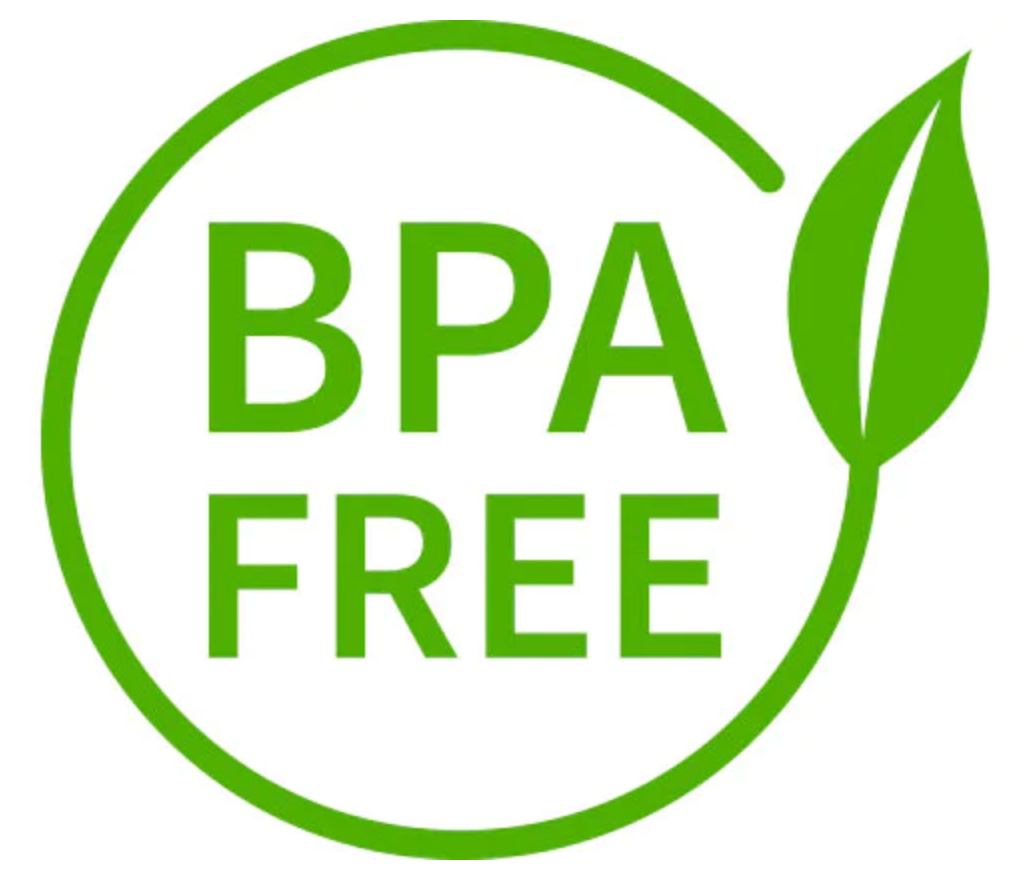
2. User Health Benefits: Bio plastic is one of the most user-friendly packaging materials that is available in the market. Use bio plastics as they are free from Bisphenol A (BPA) and other frequently encountered harmful chemicals in traditional plastics. The leaching of BPA from plastic containers into food and beverages can lead to a range of health concerns, thus highlighting its potential health risks. Individuals can effectively decrease their exposure to harmful chemicals by incorporating bio plastics into daily life. Many consumers are becoming increasingly conscious of the health impacts of plastic consumption, making bio plastics a healthier choice for packaging, food storage, and other applications. This user benefit aligns with the growing demand for products that prioritise health and safety.
3. Using Bio Plastic Is Good Image For Companies: Choosing bio plastics can significantly enhance a company's image and reputation. As public awareness of environmental issues continues to rise, consumers often perceive businesses that embrace eco-friendly practices more positively. Companies that utilise bio plastics demonstrate their commitment to sustainability and responsibility, which can lead to increased customer loyalty and brand trust. This positive image also extends to attracting environmentally conscious investors and partners. By opting bio plastics, companies can showcase their firm determination to pursue environmentally friendly practices, setting themselves apart from competitors in a highly challenging market. Ultimately, adopting bio plastics is not just about environmental responsibility; it's a strategic move that can benefit a company's bottom line and long-term success.
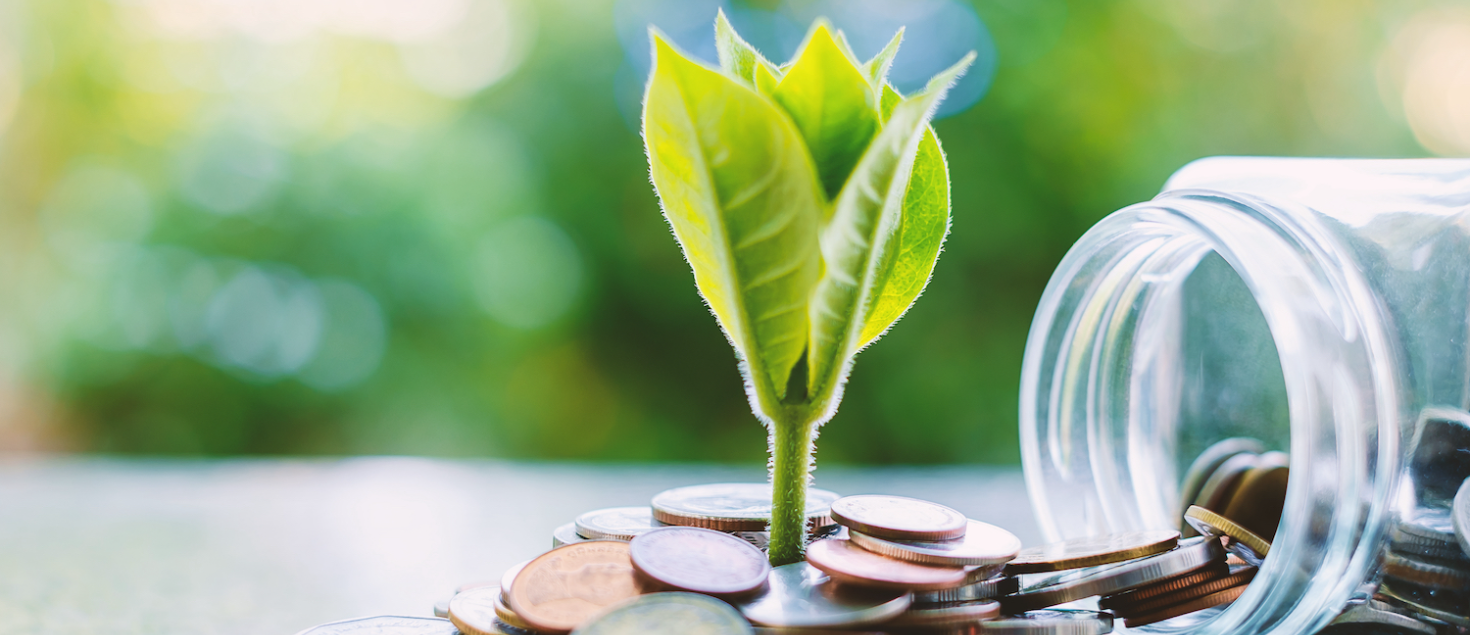
The Future Of Bio Plastic
Bio plastics offer a bright future and may be the key to tackling the urgent environmental and sustainability challenges we face. Bio plastics adoption and development is expected to grow further, considering the growing concerns regarding climate change and the escalating issue of plastic pollution. Several significant trends and developments are anticipated to impact the future of bio plastics positively.
1. Innovation And Research: The emergence of unique materials and innovative manufacturing techniques is anticipated as advancements occur in the bio plastics sector through research and development. This will result in bio plastics with improved properties, increased durability, and wider applications, making them more competitive with traditional plastics.
2. Scaling Up Production: As bio plastic demand rises, manufacturing processes will scale up, enabling more industries to embrace these eco-friendly alternatives. Large-scale production can reduce costs, making bio plastics more accessible for businesses and consumers.
3. Government Regulations: Governments worldwide are likely to implement stricter regulations on traditional plastics while promoting the use of bio plastics. These regulations could include incentives, taxes, or bans to encourage the transition to more sustainable materials.
While bio plastics offer several advantages, such as reduced carbon emissions and increased resource efficiency, their widespread implementation is not without challenges. To ensure the future success of this alternative, there is a need to address various aspects. Firstly, the production of bio plastics must be made more efficient, cost-effective, and scalable to compete with conventional plastics. Additionally, there is a pressing need to establish effective waste management systems and infrastructure to handle bio plastic waste appropriately.
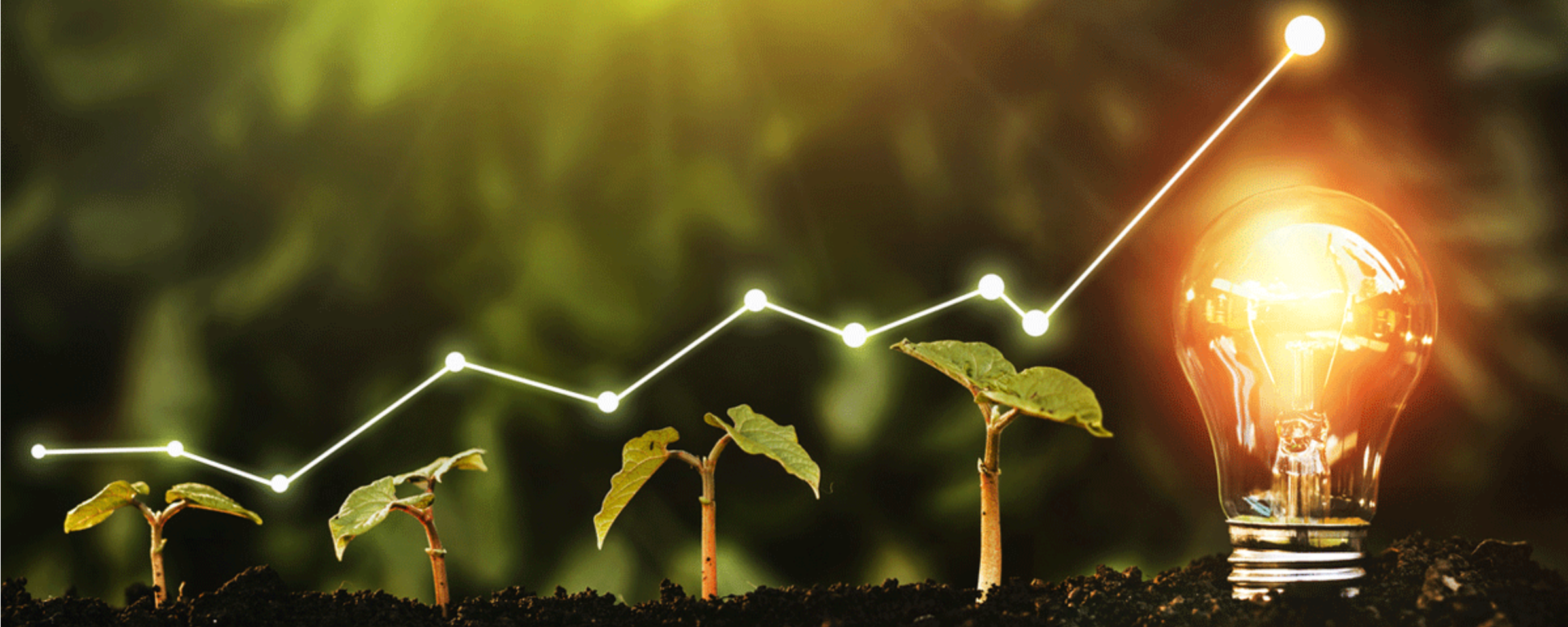
In conclusion, the future of bio plastic is intrinsically linked to the broader goal of sustainability, and we are heading in the right direction. A few years back only a handful of people knew what is bio plastic, but now it is one of the fastest growing packaging materials in the market. Embracing bio plastics is crucial in reducing our environmental footprint and transitioning toward a more sustainable and responsible future. By supporting innovation, advocating for change, and making conscious choices, we can contribute to a world where bio plastics play a central role in mitigating the environmental challenges posed by traditional plastics.
